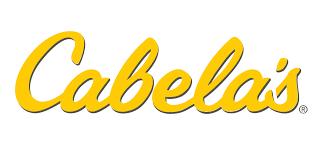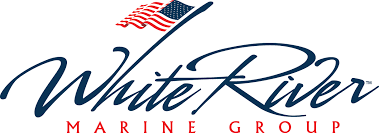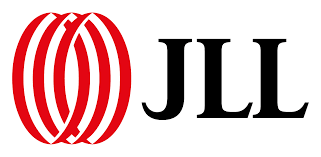 There seems to be an evolution in industry thinking regarding day versus night janitorial services. Building tenants have normally been accustomed to coming to work in the morning to see their building spotless, as a result of the efforts of a night-cleaning crew. Wastebaskets are emptied, restrooms cleaned, floors vacuumed and mopped during the nighttime hours when building tenants/personnel are at home spending quality time with their families. That may be changing.
There seems to be an evolution in industry thinking regarding day versus night janitorial services. Building tenants have normally been accustomed to coming to work in the morning to see their building spotless, as a result of the efforts of a night-cleaning crew. Wastebaskets are emptied, restrooms cleaned, floors vacuumed and mopped during the nighttime hours when building tenants/personnel are at home spending quality time with their families. That may be changing.
It is true that Night Shift Cleaning will be more detailed. During nighttime hours when personnel has gone home, vacuums can hum, electrical cords can litter floors, mops can wipe up spills and hard-surfaced floors with little to no fear of an employee slipping and falling. Surfaces can be dusted and spider webs swept without the spider dropping into someone’s perfectly coiffed hairdo. Conversations can be carried out in normal tones, and deep cleaning of restrooms can take place without interruption. Lunchrooms will be unoccupied, giving the cleaning crew free rein to do their jobs with little to impede them.
But is this the best option? There are waves of industries converting to day-time cleaning. The biggest reason is the estimated 4 to 8 percent savings per year in energy and maintenance costs. During evening hours, elevators aren’t running, heating and cooling systems are on low/high and lights are off most of the night. Transitioning cleaning crews from the night shift to the day shift, a strategy known as Day Shift Cleaning, adds to the environmental footprint of buildings. Then there is the additional confidentiality and security of having the building locked up and secured at night, allowing building occupants to be present when the cleaning is done.
Another significant shift to Day Shift Cleaning is to better protect the health and welfare of the night cleaning crews. Studies have shown that night time “third shift” workers” are reported to have increased problems related to sleep, appetite and digestion, as well as higher accident rates when compared to day shift workers.
Consideration must be made regarding how Day Shift Cleaning might disrupt the workflow of building occupants. Flexibility may be the answer. Early morning shifts work well for some facilities, as do late afternoon and early evening crews. Certain types of businesses with minimal traffic may adapt perfectly to day-cleaning strategies. Heavy traffic facilities with designated rush hours and lots of hard-floor surface areas might be less flexible. In consideration of building occupants, day cleaning will typically encompass lighter housekeeping chores when compared to night cleaning, with vacuums and floor scrubbers used only in the early morning or early evening hours.
Consider a THIRD option – day time AND night time cleaning. The day cleaner, called the Day Porter, handles cleaning of the common areas (entrances, restrooms, lunchrooms, etc.) after busy times of the day, taking care of any spills, specialty projects, or emergencies that come up. The night time cleaning staff could then be downsized, delivering a reduction in labor costs. Also, the night crew will then have a more condensed cleaning routine, because the Day Porter will have lightened their load, and will not disrupt occupants with wet floors, equipment noise, chemical exposure, or trailing power cords. Switching to Day Shift Cleaning (or a combination of Day AND Night) requires no major installations or large capital investments. The only requirement is a stable and well-trained workforce and adaptable tenants.
































